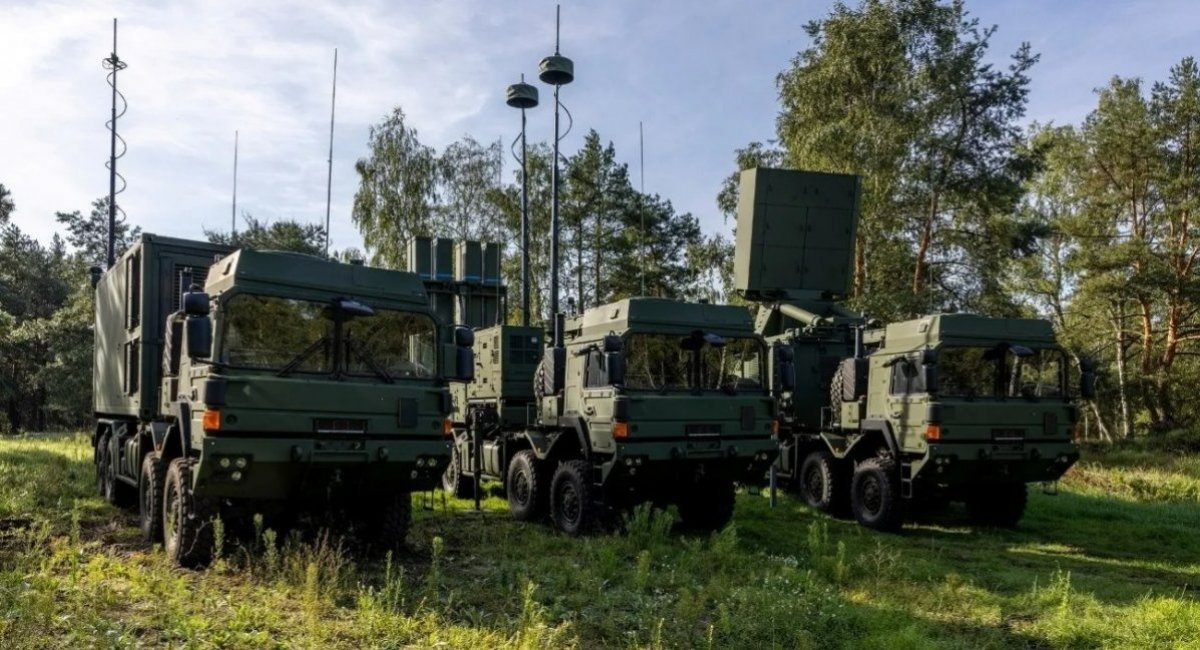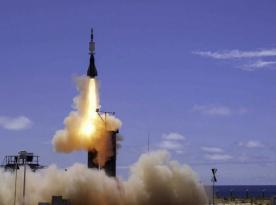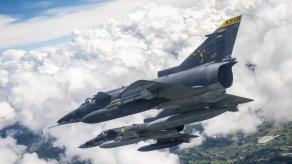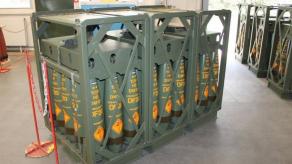Following the recent statements by Swedish officials about the purchase of IRIS-T SLM air defense systems, the price tag of nearly 115 million euros per battery raised suspicions that the government somehow lowered the cost of acquisition. Particularly, it could be explained if they bought just the fire units without any stockpile of spare missiles which, however, made no sense in practice.
But a follow-up press release from the Swedish Ministry of Defense has brought some clarity. As specified, each of the seven batteries, ordered through German authorities, will include a command post, a radar, and two — not the standard three — launchers. The deal also includes "support elements with vehicles for reloading, reserve parts and maintenance," for a total 49 vehicles procured.
Read more: How Many IRIS-T Systems and Missiles Can Be Procured for €2.2 Billion Under the New Contract for Ukraine?

The total contract worth, as confirmed, is SEK 9 billion, i.e. about €810 million. To specify, a conditional price of €115 million per battery is indeed low for a modern medium-range surface-to-air missile system by all standards. Usually, as exemplified by a German contract from a year ago, a full system in basic configuration would cost 150 to 160 million euros.
Excluding the stockpile of effectors would be the simplest explanation for the Swedish contract value. That's because ammunition for the system, which bears the name IRIS-T, is what makes up the lion's share of the total cost in such purchases.
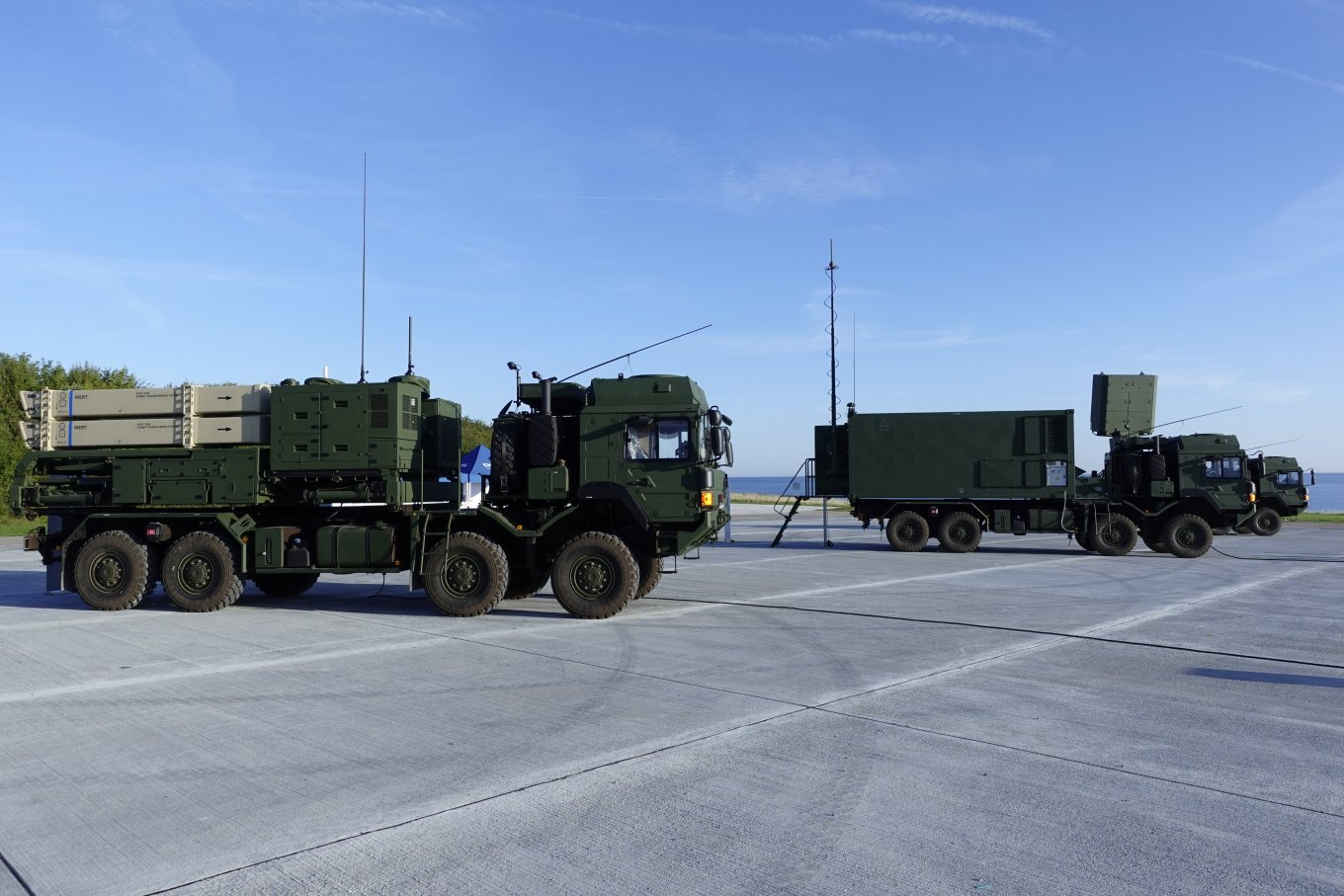
However, the Swedish defense ministry specifically mentions "launchers with missiles," suggesting that interceptors were included after all.
Another noteworthy nuance is that the radar model is not named in the ministry's message. Therefore, there's a possibility that a different one was chosen, not the standard TRML-4D, although this kind of alteration is significant and most likely would have been detailed in the announcement right away.
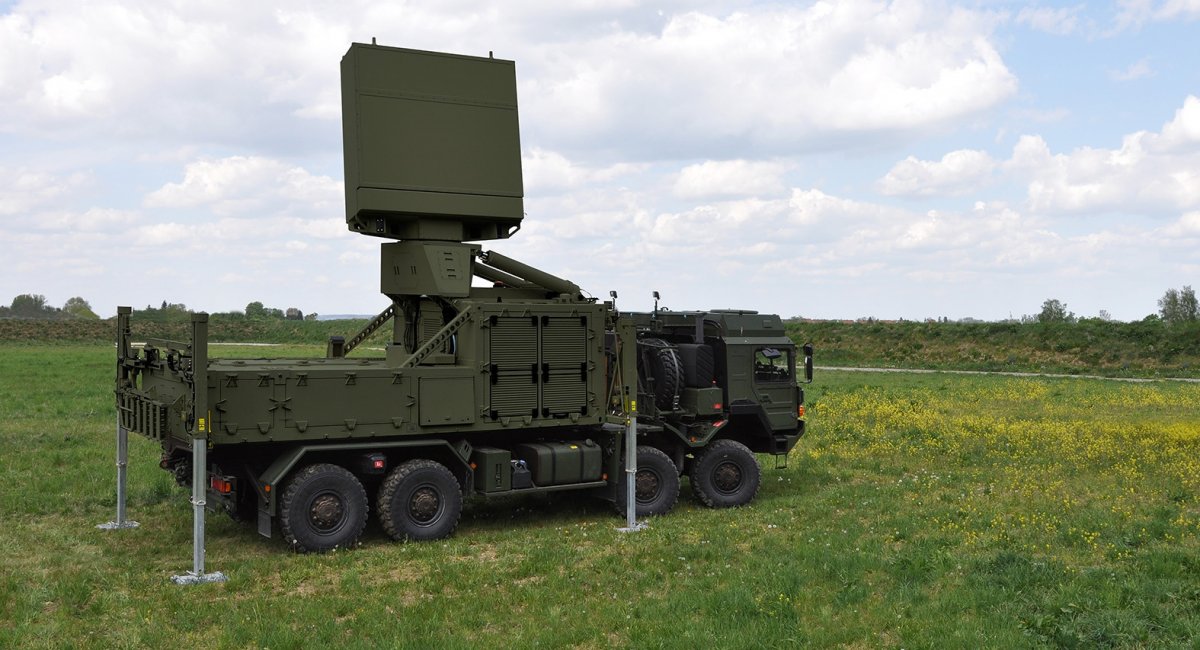
To sum up, the most likely reason for the relatively low cost of the IRIS-T SLM for Sweden is the reduced number of launchers in the composition and fewer ammunition to feed them. With these changes, one could cut some €30–40 million euros.
This situation exemplifies one of the peculiarities of Western air defense procurements. As we briefly mentioned above, signing the IRIS-T contract on behalf of Sweden was the German government. Such close-knit cooperation is becoming increasingly popular across Europe. The first deliveries of IRIS-Ts to the Swedish Armed Forces are expected in 2028.
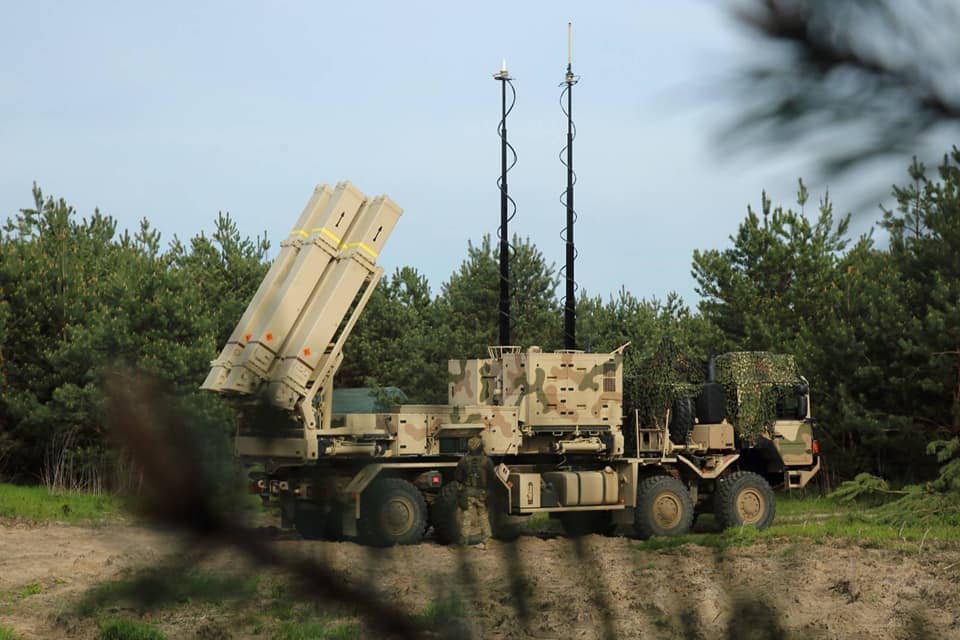
Read more: New Photo of IRIS-T SLS in the Ukrainian Armed Forces Reveals an Interesting Detail



